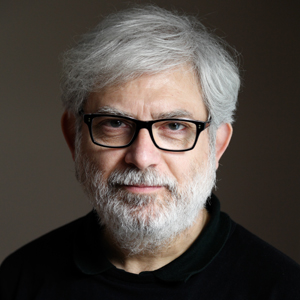EXHIBITION
MORE
Laura BaigorriThis project consists of two feature-length videos titled Evangelio en Granada (Meta) and Testimonio de Frederman. Both pieces are freestanding, but take on a different dimension when played fff each other.
The project refers back to an earlier work, Los pies que faltan (2010), which included family accounts of civilians affected by mines and other explosive devices in Granada and other towns and districts of Colombia’s Meta department.
Evangelio en Granada (Meta) revisits the people who took part in Los pies que faltan, which we could call a video documentary. At the center this time is a story that keeps a certain distance from the documentary and fiction genres. The idea is to cross continually between the two terrains, conjuring the generic instability of video art while never straying far from the notion of the portrait.
My approach to the gospel stories is not religious but cultural. I consider how these stories have their continuation in folk cultures and the exemplary quality they conserve even today among peasants and displaced people. The content of certain passages from the gospels relates directly to situations experienced in the present and immediate past by both the victims and agents of violence.
For me, cinema has four canonical gospels: Pasolini’s, Rossellini’s, the film Dreyer never got to make, and Acto de primavera by Oliveira. Evangelio en Granada (Meta) follows in this tradition of the renewed use of a fundamental text as a means to explore continuities and frictions between past and present. In another sense, the gospels’ status as a cultural remnant, in their popular expression, creates a tension with today’s mainstream discourses. Establishing the position of the gaze, and thereby the gaze itself, is the purpose of all art. I live with my own violence, received and projected. I search alongside others for the images of victim and perpetrator that I discover in myself.
Evangelio en Granada (Meta), 122’
Testimonio de Frederman, 86’

